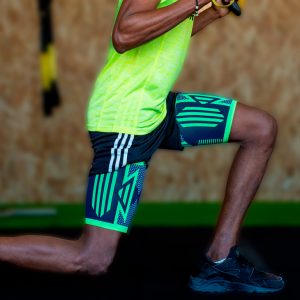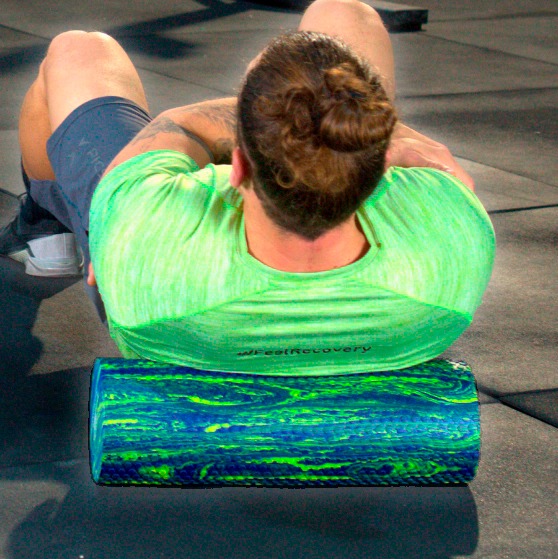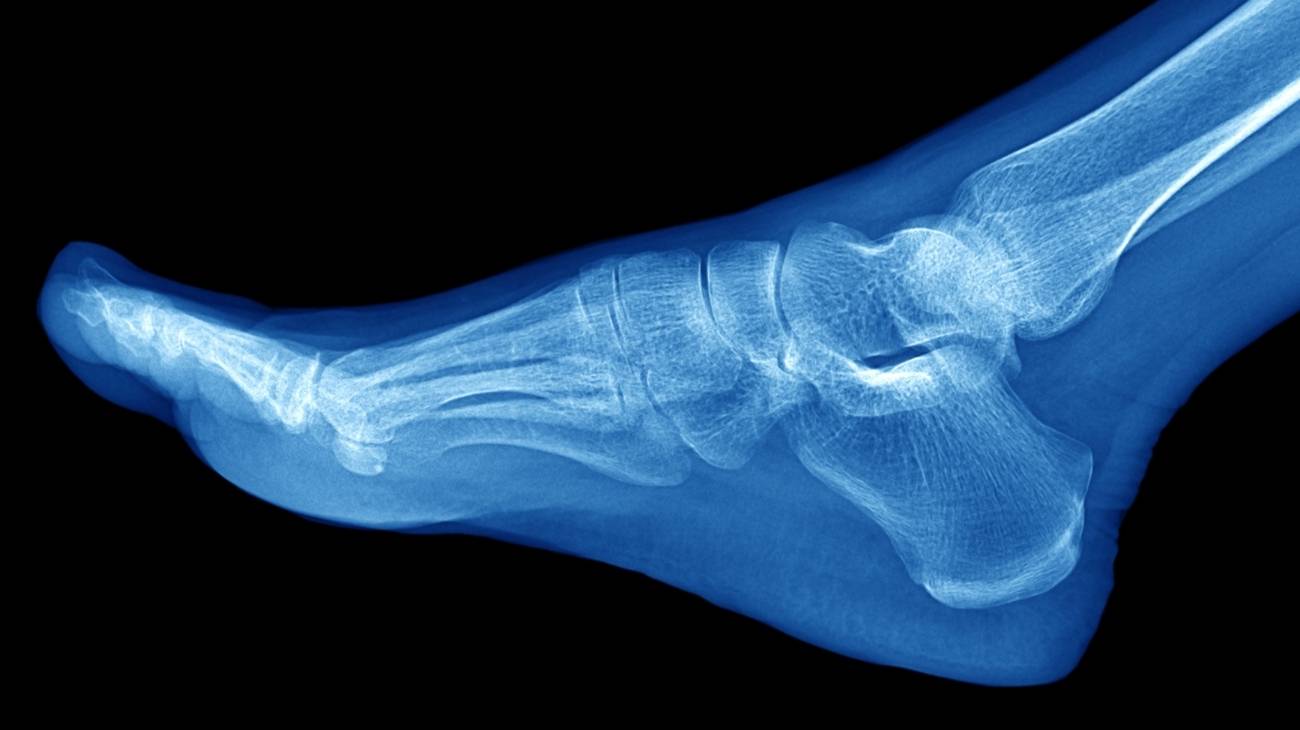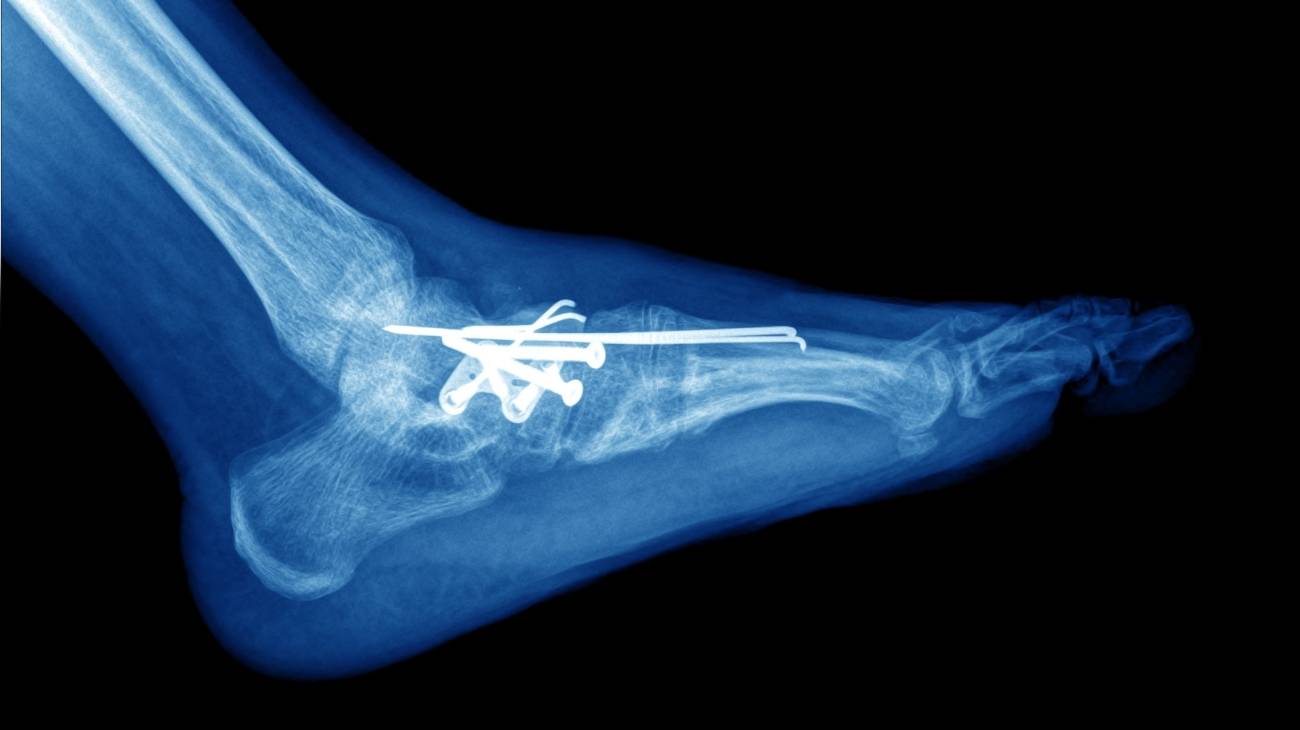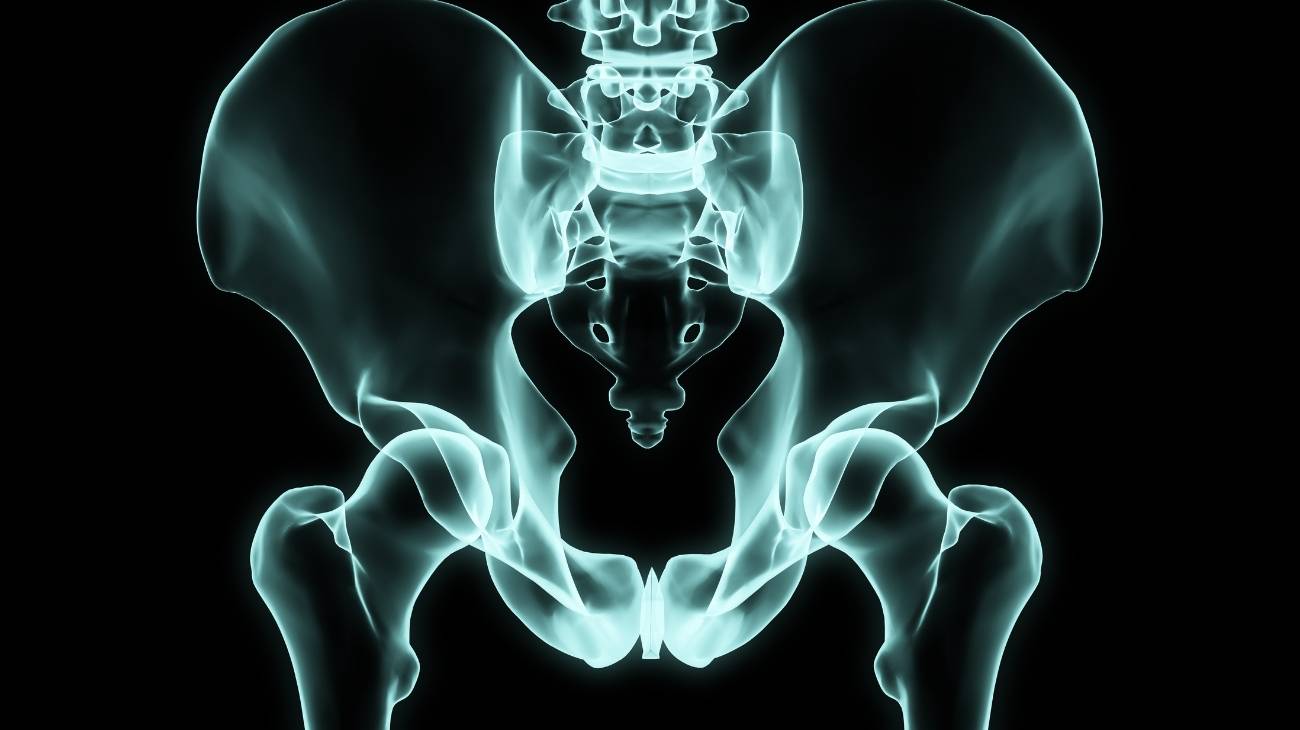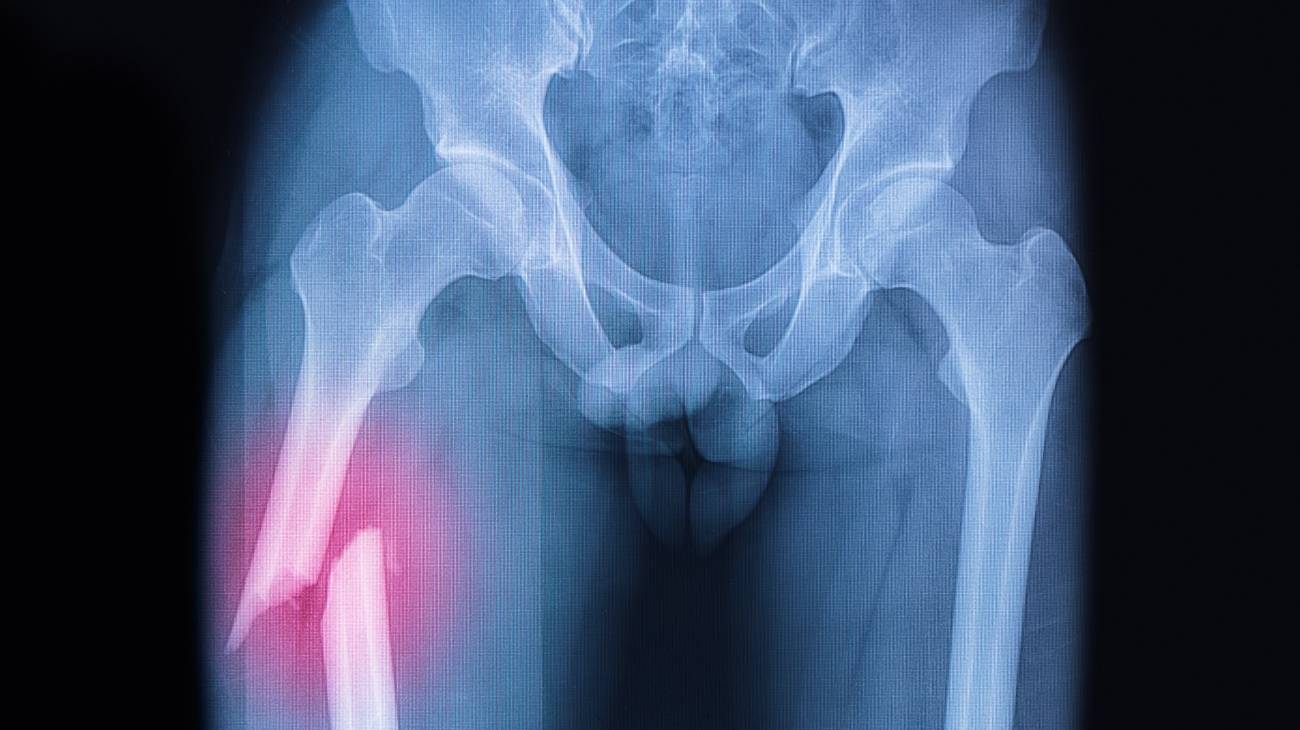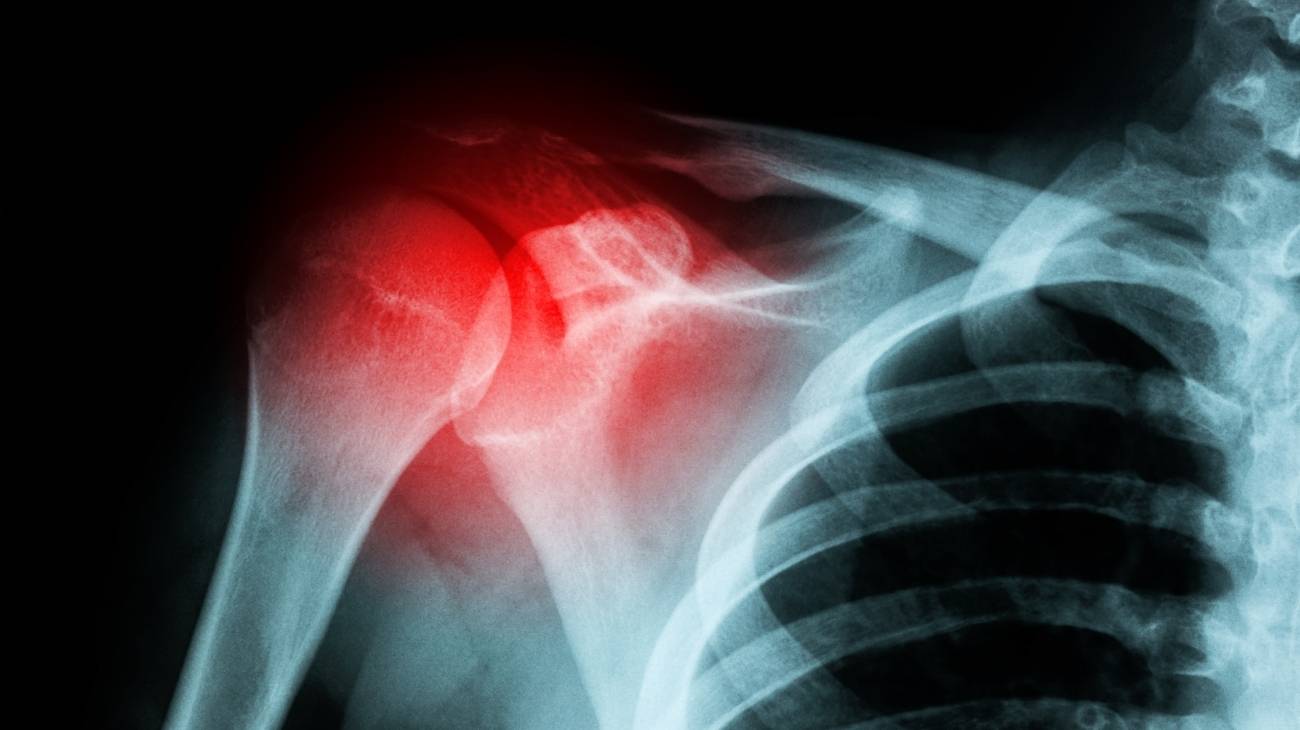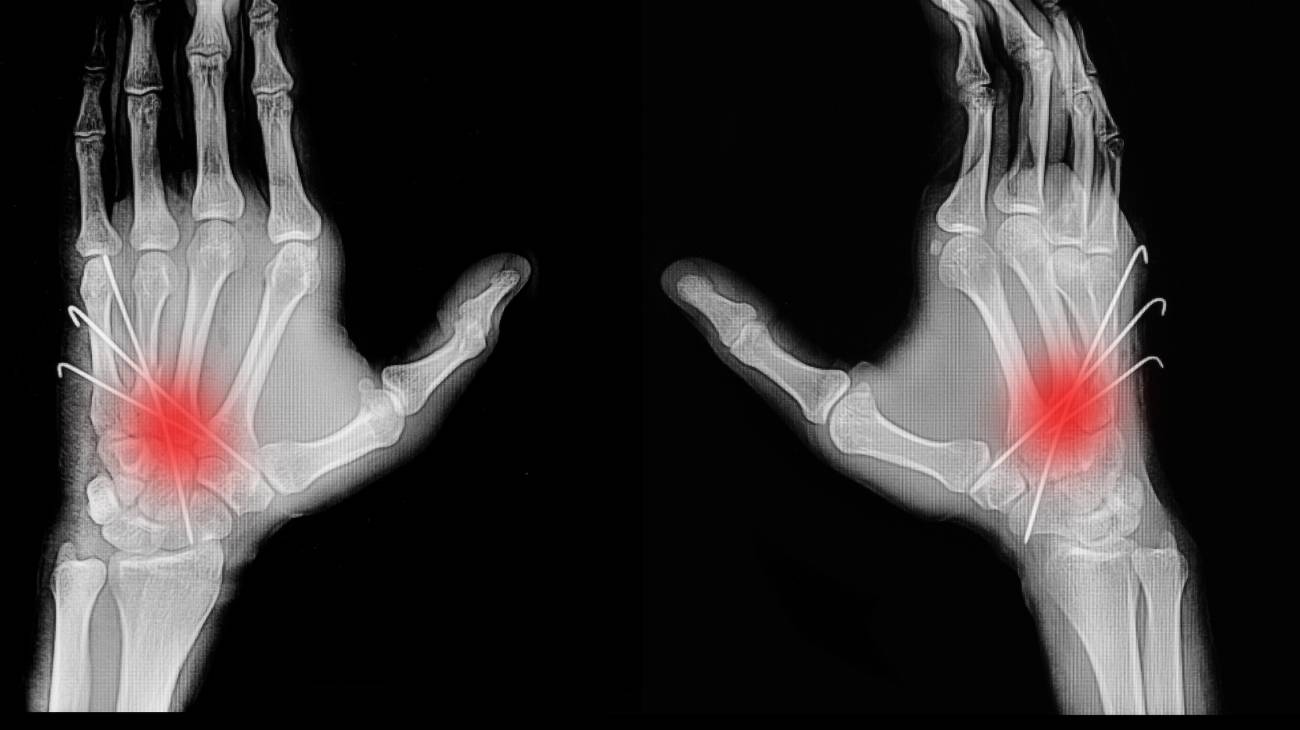Shoulder bone fractures are common injuries resulting from falls, high-impact sports, or accidents. These fractures often involve the clavicle, scapula, or humerus and are characterized by severe pain, swelling, and difficulty moving the arm. Proper recovery tools are essential for managing symptoms, stabilizing the shoulder joint, and facilitating healing.
Shoulder support braces are crucial for immobilizing the joint and ensuring proper alignment during the recovery phase. These braces provide firm support, reduce strain on the injured area, and prevent unnecessary movement that could delay healing. Modern designs prioritize comfort with adjustable straps and breathable materials, making them suitable for extended use.
Cold therapy wraps are highly effective in the early stages of recovery. By reducing inflammation, numbing pain, and minimizing swelling, cold therapy helps manage discomfort while promoting faster healing. Ergonomically designed wraps contour to the shoulder, delivering targeted relief to the affected area.
For advanced pain management, TENS machines (Transcutaneous Electrical Nerve Stimulation) are invaluable tools. These devices use electrical impulses to block pain signals, improve blood circulation, and promote muscle recovery. Regular use of TENS therapy can significantly enhance rehabilitation by reducing stiffness and improving mobility.
Heat therapy is recommended as recovery progresses. Applying heat to the shoulder increases blood flow, relaxes tense muscles, and improves joint flexibility. Using heat therapy before physical therapy sessions or exercises prepares the shoulder for movement and minimizes discomfort.
Rehabilitation exercises play a vital role in regaining strength and restoring shoulder function. Resistance bands are excellent tools for strengthening the surrounding muscles, improving joint stability, and preventing future injuries. They offer a controlled level of resistance, allowing gradual progression during recovery.
Incorporating these products into a comprehensive recovery plan ensures optimal healing. Shoulder braces for stability, cold wraps for pain relief, TENS therapy for advanced care, and resistance bands for strengthening provide a well-rounded approach to shoulder fracture rehabilitation.
Feel Recovery provides a curated selection of recovery tools designed specifically for shoulder fractures. From pain relief to advanced rehabilitation, our products support your journey toward full mobility and strength.
FAQ: Frequently Asked Questions
What are the best products for recovering from shoulder bone fractures?
Shoulder braces, cold therapy wraps, and TENS machines are essential for stabilizing the joint, reducing pain, and enhancing recovery. Resistance bands are ideal for strengthening the shoulder during rehabilitation.
How do I choose the right shoulder brace for my recovery?
Look for a brace designed for your specific injury. Features such as adjustable straps and breathable materials ensure proper fit and comfort.
Can these tools prevent complications during recovery?
Yes, using braces to stabilize the joint and cold wraps to control inflammation can prevent complications such as stiffness or delayed healing. Consistent use accelerates recovery.
Are these recovery tools suitable for sensitive skin?
Most products are made from hypoallergenic materials, making them safe for individuals with sensitive skin. Always review product details for material specifications.
How should I care for my recovery tools?
Hand-wash braces and cold wraps with mild soap and water. Clean TENS machine pads gently after each use. Proper maintenance extends product durability and effectiveness.



